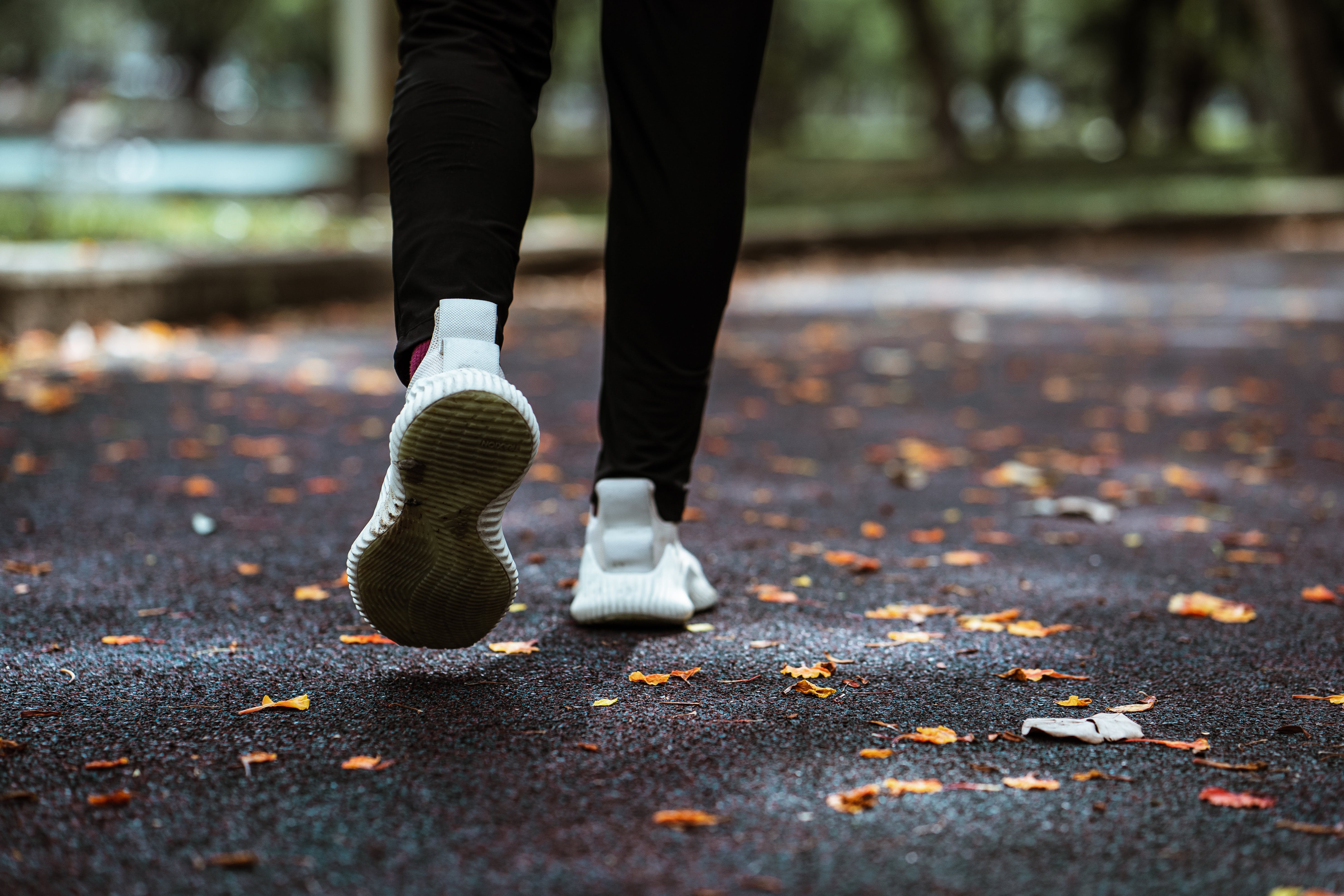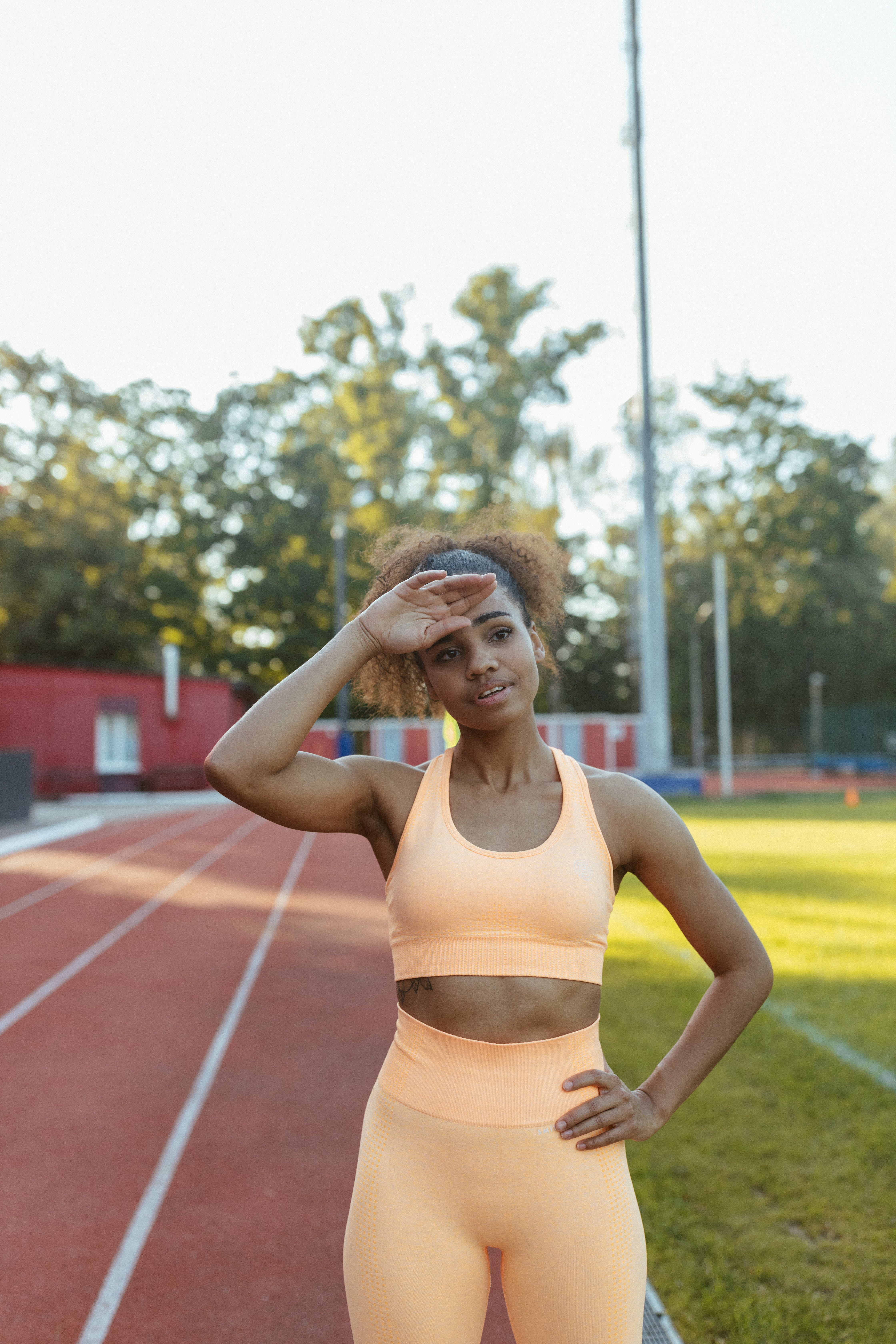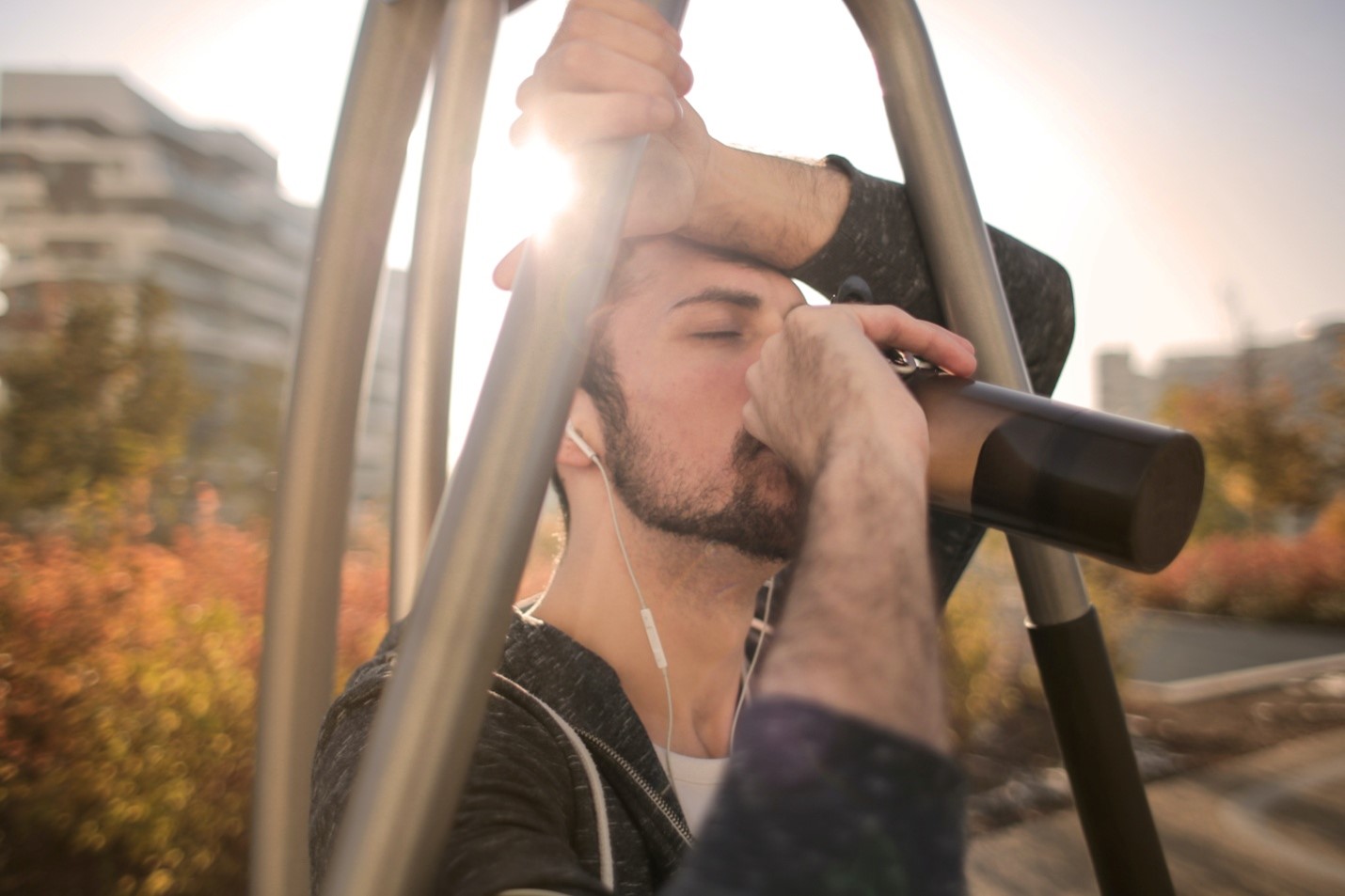Running in place is a versatile and accessible exercise that offers numerous benefits, particularly for those looking to enhance their fitness routine without needing a lot of space or equipment. This form of cardiovascular exercise primarily engages several key muscle groups, making it a fantastic addition to any workout regimen.
When you perform running in place, you activate the following muscles:
- Quadriceps: These muscles at the front of your thighs are crucial for extending your knees and propelling you forward.
- Hamstrings: Located at the back of your thighs, the hamstrings work to flex your knees and stabilize your movements.
- Calves: The gastrocnemius and soleus muscles in your calves play a significant role in pushing off the ground with each step.
- Hip Flexors: These muscles allow for lifting your knees effectively, supporting your running motion.
- Core Muscles: Engaging your core helps maintain balance and stability while running in place, ensuring efficient movement.
In addition to strengthening these muscle groups, running in place can improve your cardiovascular health, boost endurance, and enhance overall coordination. The beauty of this exercise lies in its ability to be done anywhere, making it an ideal choice for busy individuals or those new to fitness.
Ready to discover how running in place can transform your workout routine? Visit our website to learn more and get started today! Click here.
Primary Muscles Engaged While Running in Place

Understanding the primary muscles engaged while running in place is essential for maximizing the effectiveness of this exercise. Each muscle group plays a pivotal role in ensuring smooth and efficient movements, which can lead to improved performance and reduced risk of injury.
The following muscles are primarily engaged during running in place:
- Quadriceps: As the main muscle group at the front of your thighs, the quadriceps are responsible for extending your knees. They work hard to lift your legs off the ground, especially during the upward phase of running in place.
- Hamstrings: Located at the back of your thighs, the hamstrings are crucial for bending your knees and controlling leg movement. They work in tandem with the quadriceps to provide balance and stability.
- Calves: The calf muscles, particularly the gastrocnemius and soleus, are vital for providing the push-off force with each step. They help in maintaining momentum and support your overall running technique.
- Hip Flexors: These muscles, found at the front of your hip, play a key role in lifting your knees and driving your legs forward, making them essential for an effective running motion.
- Core Muscles: Engaging your core is crucial for maintaining stability and posture while running in place. Strong core muscles help prevent excessive movement and ensure that your energy is efficiently directed towards your legs.
By focusing on these primary muscle groups during your running in place workouts, you can enhance your strength and endurance, leading to better overall fitness results.
Secondary Muscles Activated During Running in Place

While the primary muscles are crucial for the mechanics of running in place, several secondary muscles also play an important role in enhancing the overall effectiveness of this exercise. These muscles support movement, improve stability, and contribute to a well-rounded workout.
Here are the key secondary muscles activated during running in place:
- Glutes: The gluteal muscles, including the gluteus maximus, medius, and minimus, are essential for hip stability and power. They assist in propelling your body forward and help maintain proper posture.
- Adductors: Located on the inner thigh, the adductor muscles work to stabilize your legs as they move. They play a vital role in preventing excessive lateral movements and contribute to overall leg control.
- Shoulders: Although running is primarily a lower-body exercise, the shoulders are engaged to maintain arm movement and balance. Strong shoulders help in coordinating the arm swing, which is crucial for maintaining rhythm and momentum.
- Lower Back: The muscles in your lower back, such as the erector spinae, play a supportive role in maintaining an upright posture during running. A strong lower back helps prevent fatigue and discomfort over time.
- Forearms and Hands: These muscles may seem minor, but they contribute to the overall coordination of movement. Clenching your fists or using arm movements can enhance your workout and engage your upper body.
Incorporating awareness of these secondary muscles can lead to more effective running in place sessions, allowing for better form and increased strength across your body.
Benefits of Running in Place for Muscle Fitness
Running in place is more than just a convenient workout option; it offers a multitude of benefits that can greatly enhance your muscle fitness. This exercise can be performed virtually anywhere and is an excellent way to integrate fitness into your daily routine. Here are some key benefits:
- Cardiovascular Endurance: Running in place elevates your heart rate, promoting increased blood circulation and improved cardiovascular health. This endurance boost supports overall fitness levels and enhances performance in other physical activities.
- Muscle Strength: Engaging in this exercise activates various muscle groups, helping to build strength, particularly in the legs, core, and glutes. As you maintain a steady rhythm, you challenge these muscles, promoting growth and endurance.
- Improved Coordination: Running in place requires coordination between your arms and legs. This practice enhances your motor skills, balance, and agility, which are beneficial for various sports and physical activities.
- Convenience: One of the most significant advantages is that it can be done anywhere, without the need for special equipment. Whether indoors or outdoors, you can quickly fit a session into your schedule, making it easier to stay consistent.
- Low Impact Option: For those who may have joint concerns or are new to exercise, running in place is a low-impact alternative. It reduces the risk of injury while still providing substantial muscle engagement.
By incorporating running in place into your workout routine, you can reap these benefits while enjoying the process. It’s a simple yet effective way to work towards your fitness goals.
How to Enhance Muscle Engagement When Running in Place

Maximizing muscle engagement during running in place can significantly improve your workout efficiency and results. Here are some effective strategies to enhance your muscle activation:
- Use Proper Form: Maintaining an upright posture with your shoulders back and your core engaged helps activate more muscles. Ensure your knees are lifted high with each step, which targets your hip flexors and quadriceps effectively.
- Incorporate Arm Movements: Swinging your arms vigorously contributes to overall muscle engagement. Try pumping your arms in sync with your legs; this not only increases your heart rate but also works your shoulders and core.
- Add Variations: Mixing up your running in place routine can keep your muscles guessing. Incorporate variations such as high knees, butt kicks, or lateral shuffles to target different muscle groups and prevent monotony.
- Increase the Tempo: Running in place faster will elevate your heart rate and increase muscle engagement. Challenge yourself with bursts of speed, followed by recovery periods, to build both endurance and strength.
- Use Resistance: Adding light weights, such as wrist weights, can intensify your workout. Alternatively, try wearing a weighted vest to increase the load on your muscles, further enhancing engagement.
By applying these techniques, you can effectively boost your muscle activation and transform your running in place sessions into a more dynamic and rewarding workout. These strategies not only make your routine more enjoyable but also help in achieving your fitness goals faster.
Conclusion: Maximizing Muscle Work with Running in Place

Incorporating running in place into your fitness routine can be a powerful way to enhance muscle engagement and overall cardiovascular health. By understanding what muscles does running in place work, you can tailor your workouts for maximum effectiveness. This exercise primarily targets your legs, core, and even upper body, making it a comprehensive workout when done correctly.
To truly maximize muscle work, consider implementing the techniques discussed. Focus on maintaining proper form, engaging your arms, and introducing variations to keep your body challenged. The addition of resistance or changing your tempo can also elevate your session from a simple cardio workout to a full-body strength exercise.
Ultimately, whether you’re a novice or an experienced runner, running in place offers a versatile and efficient way to stay fit. Embrace the joy of running, discover new trails, and sculpt your workout routine with us. Visit our website to learn more and get started today! Click here.


